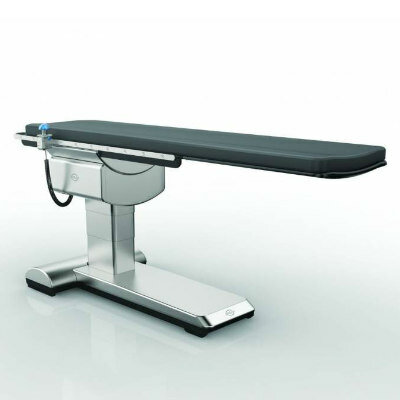Atherosclerosis in Abdominal Aorta May Predict Adverse Cardiovascular Events
By MedImaging International staff writers
Posted on 15 Jul 2013
Magnetic resonance imaging (MRI) of aortic atherosclerosis can predict the risk of heart attacks and other cardiovascular episodes in otherwise healthy individuals.Posted on 15 Jul 2013
The study published in the June 2013 issue of the journal Radiology is the first large-scale investigation to evaluate the predictive value of MRI measures of aortic atherosclerosis for future cardiac events. Using MRI, researchers from the University of Texas (UT) Southwestern (Dallas, USA) were able to gauge in thousands of participants very slight but very substantial discrepancies in two distinct measures of aortic atherosclerosis: aortic plaque accumulation and thickness of the aortic walls. Individuals with a thicker aortic wall have nearly a twofold higher risk of a future adverse event, according to Dr. Amit Khera, associate professor of internal medicine and senior author of the article.
“Both measurements are predictors of cardiovascular events, but there’s an important difference between accumulation of plaque and the thickness of the aortic walls,” Dr. Khera said. “Accumulation of plaque tells us there is increased risk for peripheral vascular occlusion, stroke, and abdominal aortic aneurysms, but not all forms of cardiovascular events, including heart attacks and death from cardiovascular disease. In contrast, thickening of the aortic walls is more likely to be predictive of all forms of cardiovascular disease.”
Dr. Christopher Maroules, a resident in diagnostic radiology at UT Southwestern and first author of the new investigation, said, “The relationship between coronary atherosclerosis and adverse cardiovascular events has long been established, but much less is known about atherosclerosis in the aorta.”
The aorta size also contributes to the ease of using MRI as a predictive tool for cardiovascular events. “The aorta is the largest artery of the body and is in a relatively fixed position, making this vessel an ideal target to interrogate with MRI,” Dr. Maroules said. “Coronary arteries, in contrast, are a fraction of the size of the aorta and undergo constant respiratory and cardiac motion, making them more challenging to image.”
Moreover, the abdominal aorta is often inadvertently imaged during routine MRI exams of the spine and abdomen. “Radiologists may be able to infer prognostic information from these routine exams that could benefit patients by identifying subclinical heart disease,” Dr. Maroules said.
More than 2,200 healthy adults from the Dallas Heart Study, a multiethnic investigation of cardiovascular disease in Dallas County residents, underwent abdominal aortic MRI as part of the research study. Although the findings are novel and relevant, Dr. Khera stressed that they do not necessarily mean that healthcare providers should use aortic MRIs routinely to screen for cardiovascular event risks. “While we are not ready to recommend MRI screening for atherosclerosis yet, in patients currently undergoing these exams, findings of a thicker aorta or plaque in the aorta could provide important information,” he said.
Related Links:
University of Texas Southwestern














